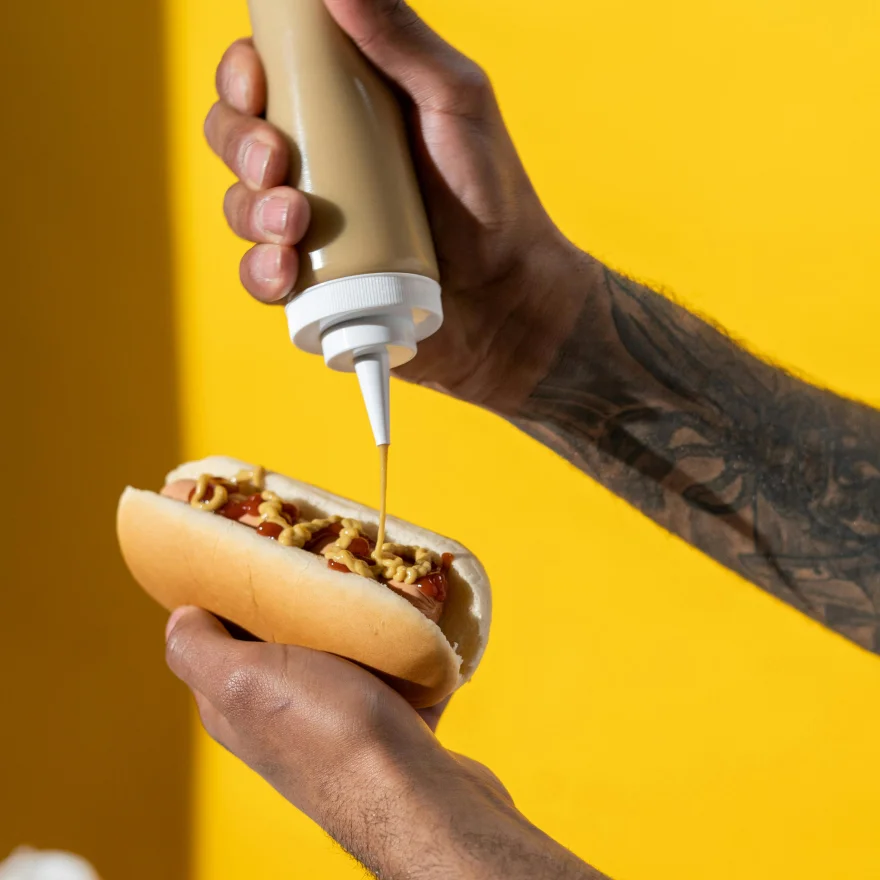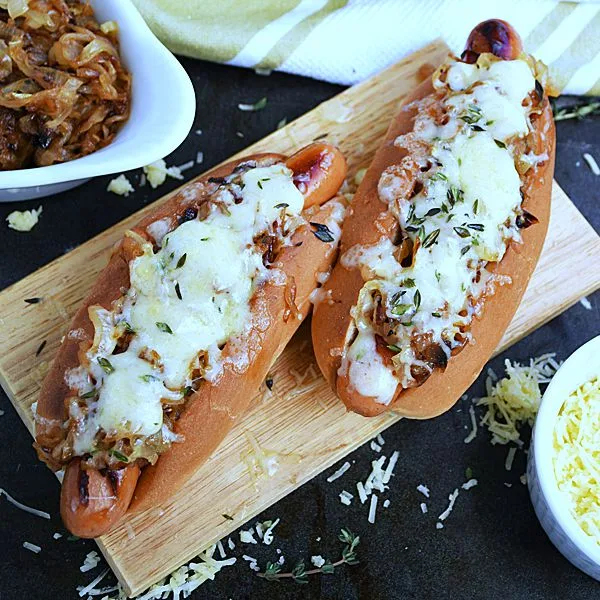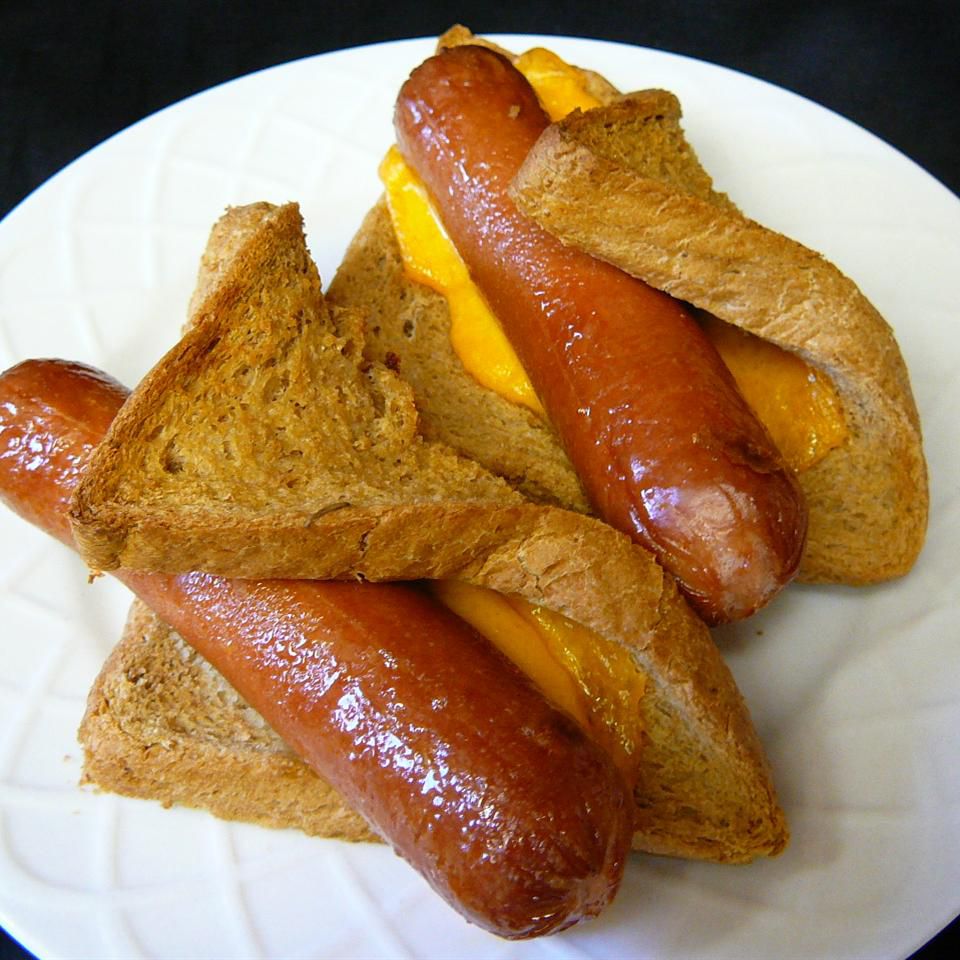How To Cook Hotdogs On The Stove
I. Introduction to Stovetop Hot Dog Cooking

A. Exploring a Classic Cooking Method
How to cook hotdogs on the stove? When it comes to cooking hot dogs, the stovetop method is a classic and versatile approach that allows for precise control over the cooking process. Whether you’re looking to enjoy a quick and delicious meal or seeking to add a satisfying and flavorful element to a gathering, mastering the art of stovetop hot dog cooking is essential. This cooking method offers the opportunity to achieve perfectly cooked hot dogs with a delightful juiciness and the ideal snap in every bite. In this comprehensive guide, we will walk you through the step-by-step process of preparing and cooking hot dogs on the stovetop, ensuring that you can enjoy this American favorite with perfection every time.
II. Preparing for Stovetop Hot Dog Cooking
A. Gathering Your Ingredients
Before diving into the cooking process, it’s essential to gather all the necessary ingredients. Start with your preferred type of hot dogs, whether they are beef, pork, turkey, or veggie dogs, ensuring that they are fresh and high-quality. Additionally, you will need a pack of hot dog buns, as well as a selection of condiments and toppings such as ketchup, mustard, relish, onions, and sauerkraut, to customize your hot dogs according to your preferences. Finally, be sure to have cooking oil or butter on hand, depending on the cooking method you choose to employ.
B. Choosing the Right Pan
Selecting the right pan is crucial for stovetop hot dog cooking. A medium-sized skillet or a grill pan works well for this purpose. Non-stick pans are particularly convenient, as they require less oil and make cleanup easier. When choosing a pan, consider the number of hot dogs you plan to cook at once, ensuring that there is enough space to accommodate them without overcrowding, which can result in uneven cooking. Opt for a pan with a flat bottom to allow the hot dogs to make full contact with the heat source, promoting even browning and caramelization.
III. Cooking Hot Dogs on the Stove
A. Boiling Method

The boiling method is a popular and straightforward way to cook hot dogs on the stovetop. This method ensures that the hot dogs are cooked through evenly, providing a juicy and succulent texture. To begin, fill a medium-sized pot with water, allowing enough space to submerge the hot dogs completely. Place the pot on the stovetop over medium-high heat and bring the water to a gentle boil.
Once the water reaches a steady boil, carefully add the hot dogs into the pot, ensuring they are fully submerged. Allow the hot dogs to cook in the boiling water for approximately 5-7 minutes. Keep an eye on the hot dogs during the boiling process, as overcooking can cause them to burst or become excessively soft. Once the hot dogs are fully cooked, use tongs to remove them from the boiling water and place them on a plate lined with paper towels to absorb any excess moisture.
B. Pan-Searing Method
Another popular stovetop cooking method for hot dogs is the pan-searing technique, which creates a delicious caramelized exterior while locking in the juices. To begin, heat a non-stick skillet or grill pan over medium heat and add a small amount of cooking oil or butter, just enough to coat the bottom of the pan.
Once the pan is adequately heated, carefully add the hot dogs to the skillet, ensuring that they are arranged in a single layer with enough space between each hot dog to promote even browning. Allow the hot dogs to cook on one side for 2-3 minutes until they develop a golden-brown crust. Then, using tongs, carefully flip the hot dogs to sear the other side for an additional 2-3 minutes, until both sides are evenly browned and crisp.
The pan-searing method gives hot dogs a delightful char and a rich, savory flavor that complements their natural juiciness. Once the hot dogs are thoroughly seared, transfer them to a plate to rest briefly before serving.
IV. Tips for Achieving Perfectly Cooked Hot Dogs
A. Monitoring Cooking Time

When cooking hot dogs on the stovetop, it is crucial to monitor the cooking time closely to achieve the desired level of doneness. Overcooking can lead to a rubbery texture, while undercooking may result in an unsatisfying chewiness. Be mindful of the specific cooking times for each method and adjust based on the thickness and type of hot dogs being prepared.
B. Enhancing Flavor with Seasonings
While hot dogs are delicious on their own, adding seasonings can elevate their flavor profile. Consider incorporating seasonings such as garlic powder, onion powder, paprika, or even a dash of hot sauce to infuse the hot dogs with additional depth and complexity. Seasoning the hot dogs before cooking or sprinkling them with seasonings during the cooking process can impart a delectable and personalized touch to your stovetop hot dogs.
V. Serving and Enjoying Stovetop Hot Dogs
A. Selecting the Ideal Hot Dog Bun
When it comes to serving stovetop hot dogs, the choice of the bun is just as critical as the cooking method itself. The ideal hot dog bun should be soft yet sturdy enough to hold the juicy hot dog and an assortment of flavorful toppings.
When selecting hot dog buns, consider exploring various options such as whole wheat, pretzel, brioche, or gluten-free buns to cater to diverse preferences and dietary needs. It’s crucial to ensure that the bun comfortably accommodates the hot dog without being too oversized or undersized, allowing for a seamless and enjoyable eating experience. Additionally, to elevate the overall presentation and flavor, lightly toasting the hot dog buns adds a delightful crispness and enhances their natural texture.
B. Creative Topping Ideas
Once the stovetop hot dogs are perfectly cooked and nestled in their buns, the creative fun begins with the selection of toppings. While classics like ketchup and mustard are always popular, there is a myriad of inventive and tasty options to consider that can add depth and complexity to the flavor profile of the hot dog. Here are some suggestions to inspire your culinary creativity:
- Relish:
Sweet or dill pickle relish adds a tangy and sweet crunch to the hot dog, balancing its savory elements with a delightful zest. - Onions:
Sautéed onions or crispy fried onions provide a savory and slightly sweet flavor, enhancing the overall aroma and taste of the hot dog. - Sauerkraut:
The briny and tangy notes of sauerkraut offer a satisfying contrast to the rich and savory profile of the hot dog, providing a delightful burst of flavor in every bite. - Spicy Mayo:
A combination of mayonnaise and hot sauce or sriracha creates a creamy and spicy condiment that infuses the hot dog with a kick of heat and a hint of creaminess. - Bacon Crumbles:
Crispy bacon crumbles add a smoky, savory dimension to the hot dog, elevating its flavor with a satisfying crunch and a rich, meaty taste. - Coleslaw:
Creamy and slightly tangy coleslaw offers a refreshing and textural contrast to the hot dog, creating a harmonious balance of flavors and mouthfeel.
Conclusion
In conclusion, serving and enjoying stovetop hot dogs involves a thoughtful selection of the ideal hot dog bun and an exploration of creative topping ideas that enhance the overall flavor and presentation. Whether you opt for classic condiments or experiment with unique and inventive toppings, creating a personalized and enjoyable hot dog experience is a delightful endeavor that adds fun and flavor to any occasion.
